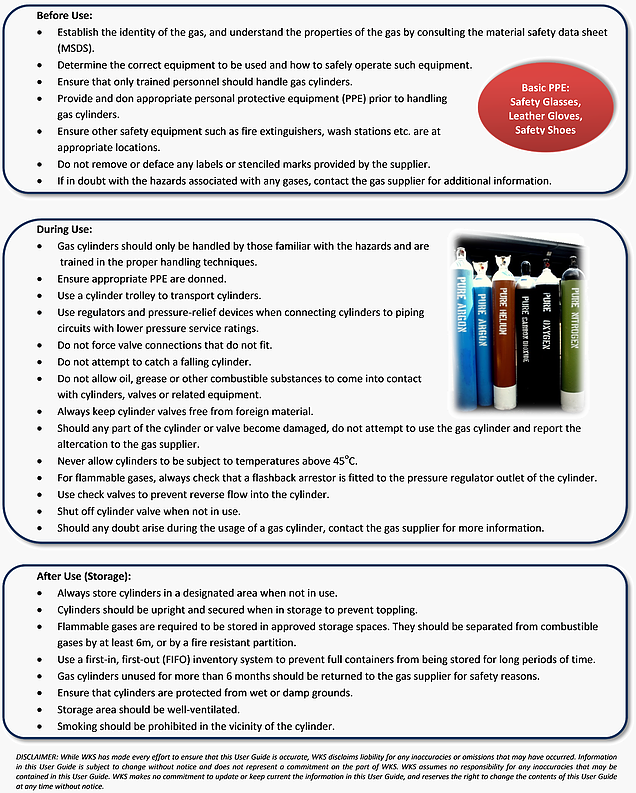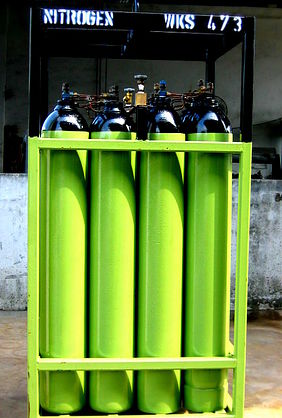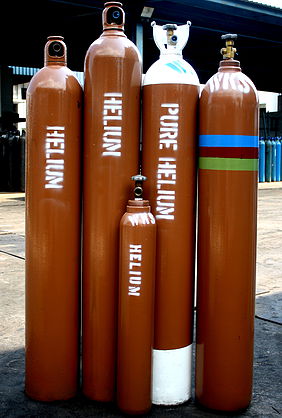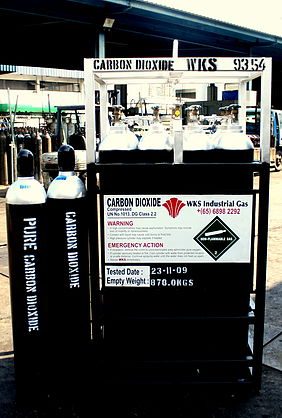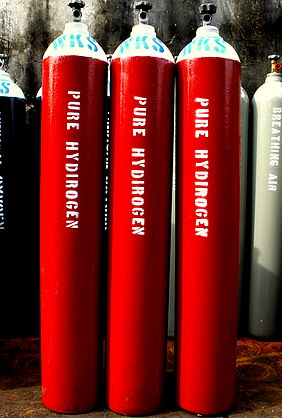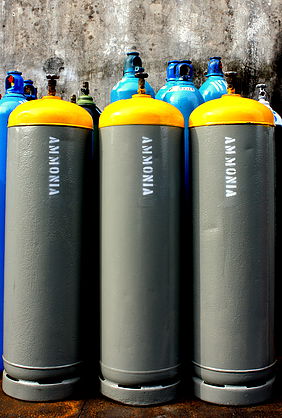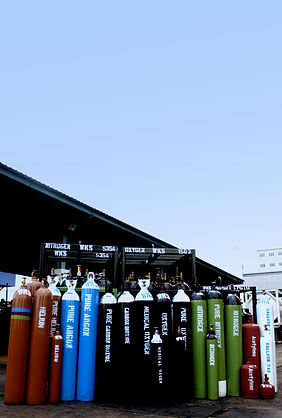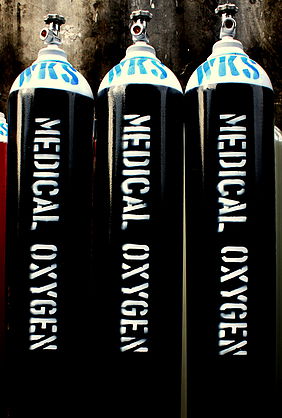General safety guide for the safe operations, handling and storage of gas cylinders
Before Use:
- Establish the identity of the gas, and understand the properties of the gas by consulting the material safetY data sheet (DASDS).
- Determine the correct equipment to be used and how to safely operate such equipment.
- Ensure that only trained personnel should handle gas cylinders.
- Provide and don appropriate personal protective equipment (PPE) prior to handling gas cylinders.
- Ensure other safety equipment such as fire extinguishers, wash stations etc. are at appropriate locations.
- Do not remove or deface any labels or stenciled marks provided by the supplier.
- If in doubt with the hazards associated with any gases, contact the gas supplier for additional information.
During Use:
- Gas cylinders should only be handled by those familiar with the hazards and are trained in the proper handling techniques.
- Ensure appropriate PPE are donned.
- Use a cylinder trolley to transport cylinders.
- Use regulators and pressure-relief devices when connecting cylinders to piping circuits with lower pressure service ratings.
- Do not force valve connections that do not fit.
- Do not attempt to catch a falling cylinder.
- Do not allow oil, grease or other combustible substances to come into contact with cylinders, valves or related equipment.
- Always keep cylinder valves free from foreign material.
- Should any part of the cylinder or valve become damaged, do not attempt to use the gas cylinder and report the altercation to the gas supplier.
- Never allow cylinders to be subject to temperatures above 45°C.
- For flammable gases, always check that a flashback arrestor is fitted to the pressure regulator outlet of the cylinder.
- Use check valves to prevent reverse flow into the cylinder.
- Shut off cylinder valve when not in use.
- Should any doubt arise during the usage of a gas cylinder, contact the gas supplier for more information.
After Use (storage):
- Always store cylinders in a designated area when not in use.
- Cylinders should be upright and secured when in storage to prevent toppling.
- Flamrnable gases are required to be stored in approved storage spaces. They should be separated from combustible gases by at least 6rn, or by a fire resistant partition.
- Use a first-in, first-out (FIFO) inventory system to prevent full containers from being stored for long periods of time.
- Gas cylinders unused for more than 6 months should be returned to the gas supplier for safety reasons.
- Ensure that cylinders are protected from wet or damp grounds.
- Storage area should be well-ventilated.
- Smoking should be prohibited in the vicinity of the cylinder.
